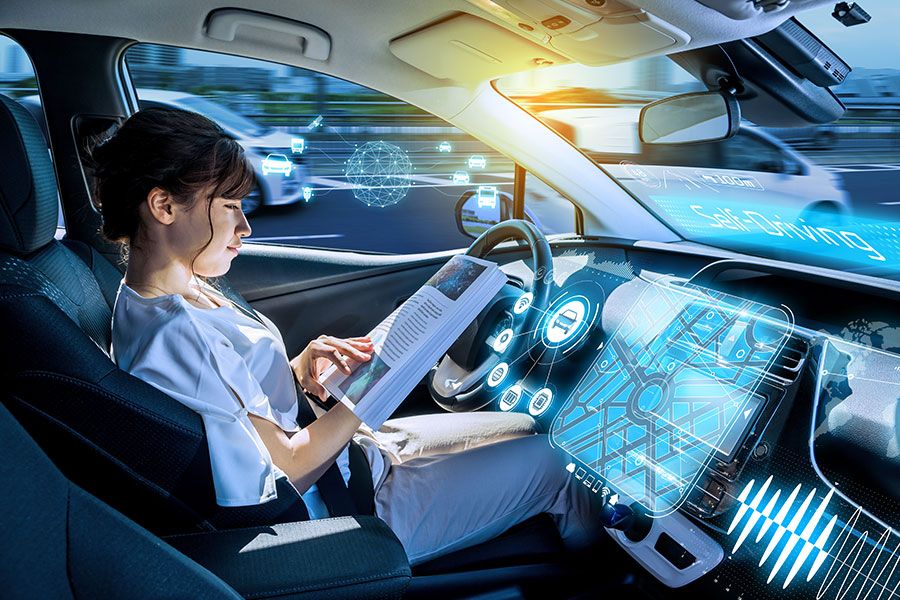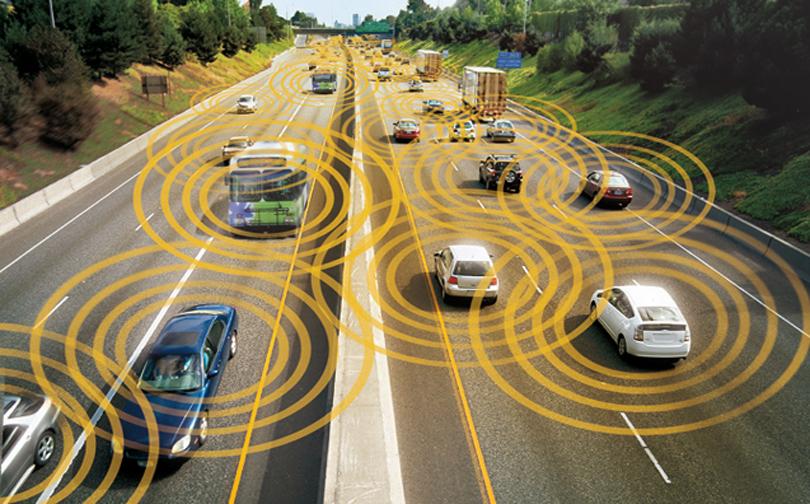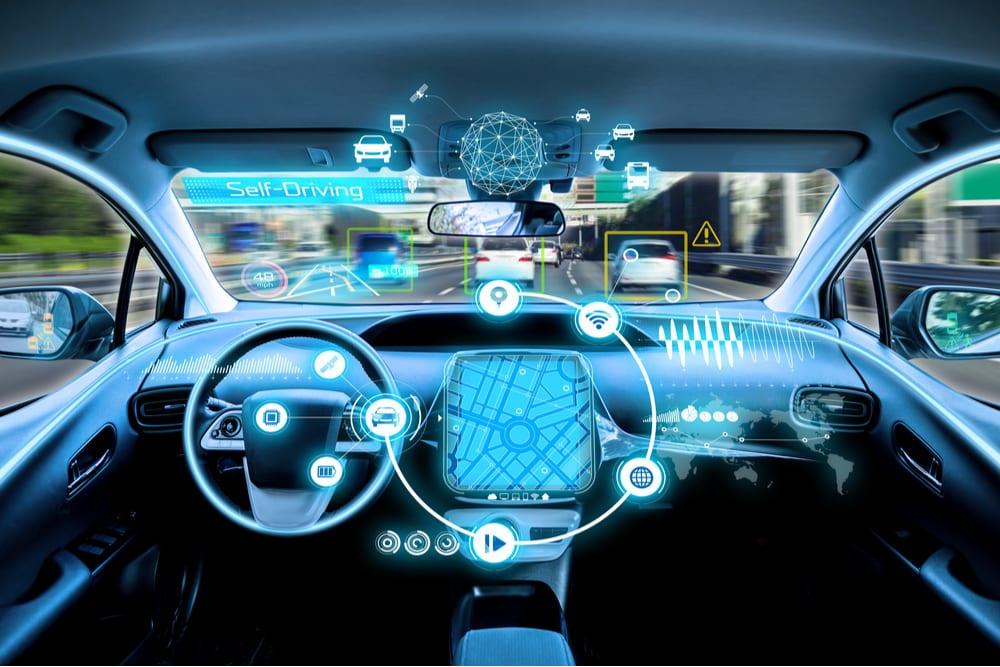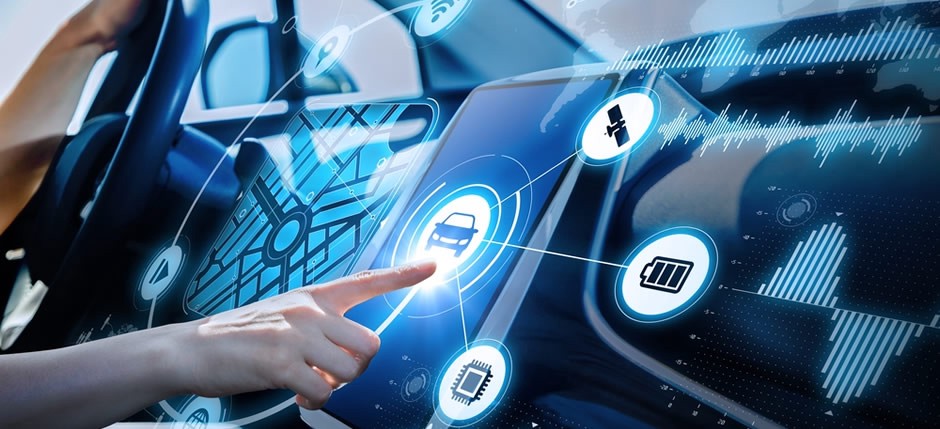Since the earliest days of motor vehicles 2 centuries ago, car technologies have been constantly changing and evolving. They have revolutionized the way we move around, drive, and interact with our beloved four wheelers. Since we are all familiar with science fiction and technology potentials, we cannot help but wonder when some of the more unrealistic tech will be a thing of reality. Well, some of the coolest new future car technologies are right around the corner, promising to allow you not only to commute without any driver assistance, but offer utmost safety you have never experienced before.
In this article, we will take a look at four such car technologies, coming to cars around the world as early as next year. This is a clear example of how fun, engaging and safe driving your car can actually be. Read on to find out more.
4. Car to car communication

The USA government, as well as multiple automakers, are all working on different technologies to make future vehicles talk to their surroundings, and each other. There have been multiple cases where vehicles ran through red lights causing collisions, and in these scenarios, car communication technology like the one they want to develop would be able to alert the cars and passengers, preventing possible collisions and injuries.
The approaching car also automatically brakes in order to avoid accidents. This is known as collision avoidance or forward collision warning, and it is already available in a number of existing vehicles. However, it is far from perfect and it still needs to be tested and made more advanced and accurate.
In addition to this, Ford has plans for a Vehicle-to-Vehicle (V2V) communication, which will further extend safety on the roads. The V2V technology uses wireless signals to communicate with the surrounding traffic and shares helpful information like locations, speeds, and directions.
MIT engineers are helping them by developing V2V algorithms that could calculate information from vehicles, analyze, and offer the best measures the potential of a car approaching in the projected path. The National Highway Traffic Safety Administration (NHTSA) thinks that a 79% reduction in vehicle crashes could be the result of V2V technology.

What is more, researchers are also testing V2I. This allows cars to communicate with a wide variety of road objects like traffic signals, road signs, and others. The V2I fetches information from traffic management systems and suggest the best routes for the driver.
The NHTSA suggests that V2I and V2V systems working together could decrease traffic accidents by as many as 81%. This is a very significant improvement.
3. Autonomous cars

The idea of self-driving cars is an old one, and it has been around for a long time. Future inspired TV shows and movies have given us the idea for a lot of high-tech gadgets and improvements, but nobody thought it would become real this soon. Google, Volkswagen, Ford, and Audi have been testing autonomous cars for years. More recently, Tesla has showed us what is possible with their amazing advancements in this sector. They are perhaps the closest to fully autonomous cars in the near future.
Self-driving cars can record road images, find alternative routes or traffic lights, and much more, thanks to advanced cameras, radars, and lasers. These things allow them to process data much faster than humans. Lastly, we must mention that GM has also tested their own autonomous cars, and plan to deliver them by 2024.
2. Airbag technology and preventing damage

Everybody knows what airbags do. They are usually found inside the cabin, most notably in the front compartment and on the sides. Some automakers value safety more, and install advanced airbags and gadgets that extend their usage. That is why we have seatbelt airbags and knee airbags to reduce collision impact.
With this in mind, Mercedes worked on airbag technology that would make vehicles freeze completely in near collision scenarios. Airbags would be an active part of this safety system and deploy with sensors that determine the collision impact. They will use a friction coating feature that doubles the chances to halt the vehicles.
Furthermore, the bags would elevate the vehicle up to 8 cm in order to counter the motion of the car after braking hard. Bumper to bumper touch is then improved, and passengers are prevented from sliding down in accidents. Some automakers are also working on external airbags that might soften the blows to passengers inside. Volvo gave us an example when they equipped the V40 with a pedestrian airbag that guards them in head-on collisions.
Other promising auto technologies include semi-autonomous systems like lane keep assist, light detection, and ranging system.
1. Energy efficient body panels
Exxon Mobil says that by 2040, half of new cars will be hybrids. However, batteries in them are heavy and need lots of space. This is exactly where energy-storing body panels would come in.
Automakers are envisioning energy efficient body panels made of carbon fiber and polymer fiber that would make hybrid batteries obsolete. These panels are planned as light and adaptable, which would also increase the top speeds of cars.
In Europe, an auto manufacturer group is testing body panels that stores energy and charges faster than modern batteries we use today. Right now, they believe a 15% weight reduction is possible. These panels would capture energy that a car produces.
Toyota is taking all of this one step further, since they are researching body panels that could actually capture solar energy and store it for later usage in every area of the car. This and every other effort are all pointed at reducing the weight of the cars, while making them more self-sufficient and usable. These energy-storing panels are looking to be one of the biggest breakthroughs in car technology ever.
Conclusion
As you can see, the future of cars and transportation in general is looking brighter than ever. We just hope that researchers, engineers, and inventors can successfully deliver these amazing technologies sooner rather than later, and that they will surprise us with even better and more environment friendly solutions one day.






